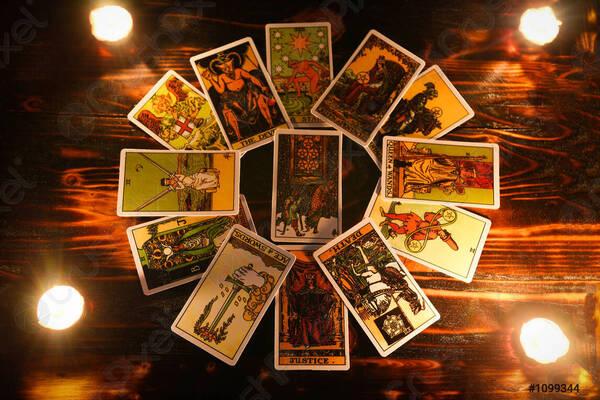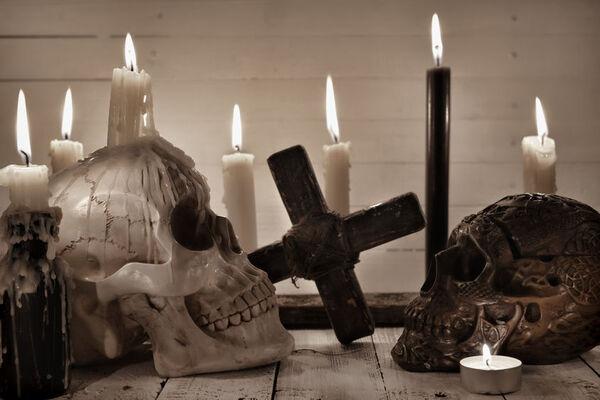Selaphiel

Archangel Selaphiel: The Angel of Prayer, Silence, and Spiritual Focus
Archangel Selaphiel (also spelled Sealtiel or Salatheel) is one of the lesser-known but deeply revered archangels in Eastern Orthodox, Catholic, and mystical traditions. Often depicted in a posture of reverence with eyes lowered and hands clasped in prayer, Selaphiel is considered the Archangel of Prayer, and the celestial guide who helps humanity develop a profound inner connection with the Divine.
While not as frequently mentioned as archangels like Michael or Gabriel, Selaphiel holds a vital and intimate role: helping souls communicate with God, maintain spiritual discipline, and remain vigilant in faith. In an increasingly distracted world, Selaphiel serves as a guardian of inner peace, sacred silence, and devotional integrity.
Etymology and Meaning
The name Selaphiel is often interpreted as “Prayer of God” or “I have asked God.” It reflects both his divine role in receiving prayers and his function as an intercessor between human souls and the heavenly realm.
In some Jewish angelologies and early Christian mystical traditions, Selaphiel is one of the seven archangels who stand before the throne of God, a belief derived from texts such as Tobit 12:15 and further elaborated in apocryphal and patristic writings.
Biblical and Apocryphal Context
While Archangel Selaphiel does not appear by name in the canonical scriptures of the Bible, references to the seven archangels who stand before God form the foundation for his veneration:
- Tobit 12:15 (Deuterocanonical Book): Raphael states, “I am one of the seven holy angels who present the prayers of the saints and enter into the presence of the glory of the Holy One.”
Although not named here, Eastern Orthodox and Catholic traditions have associated these seven with names such as Michael, Gabriel, Raphael, Uriel, Raguel, Barachiel, and Selaphiel.
Iconography and Symbols
Selaphiel is often portrayed in religious iconography with hands folded in prayer, a gentle demeanor, and a tranquil expression. He may be shown wearing robes of deep blue, silver, or violet—colours symbolizing peace, wisdom, and spiritual mystery.
Common attributes associated with Selaphiel include:
- A censer or thurible, symbolizing prayer and incense rising to Heaven.
- A scroll or book of prayers.
- A halo of calm light, representing divine focus and meditative power.
These images emphasize his function as a facilitator of divine communication, spiritual discipline, and mystical reverence.
Roles and Functions of Archangel Selaphiel
- Patron of Prayer and Meditation Selaphiel is invoked by those who struggle with distraction, spiritual dryness, or restlessness in prayer. He helps deepen one’s spiritual practice by cultivating inner stillness, humility, and heartfelt devotion.
- Guardian of Sacred Silence In mystical traditions, silence is considered one of the highest forms of spiritual communication. Selaphiel is said to guard the soul’s sacred silence, helping the seeker to withdraw from worldly noise and listen for the subtle voice of the divine.
- Intercessor Before God Selaphiel is one of the archangels who carries the prayers of humanity to the throne of God. He intercedes on behalf of the faithful, ensuring that their supplications are heard and blessed.
- Helper in Spiritual Warfare Though less combative than Michael, Selaphiel offers support in spiritual battles by fortifying inner resolve, shielding the mind from invasive thoughts, and anchoring the heart in spiritual truth.
- Supporter of Clergy and Monastics Selaphiel is particularly venerated among clergy, monks, and those engaged in lives of contemplative prayer. He is seen as a protector of those who have dedicated themselves to divine service.
Selaphiel in Christian Tradition
In Eastern Orthodox Christianity, Selaphiel is one of the seven recognized archangels and is honoured during the Synaxis of the Archangels, which takes place on November 8 (Julian Calendar). Orthodox prayers often invoke Selaphiel for assistance in achieving sincere prayer and overcoming spiritual despondency.
In Catholic devotional practice, especially among mystics and those engaged in contemplative prayer, Selaphiel is considered a spiritual ally for those pursuing deep communion with God through personal devotion, rosary, and liturgical life.
Mystical and Esoteric Interpretations
In mystical and metaphysical teachings, Selaphiel is associated with the Third Eye chakra, spiritual discipline, and the inner life of the soul. He represents the ability to move beyond mere words and into direct communion with the Divine through the vibration of intention, clarity, and surrender.
Selaphiel may also appear in dreams or visions to those undergoing spiritual initiations or those seeking answers through stillness and contemplation. He embodies the sacred pause—the space where breath meets spirit and intention becomes invocation.
When to Call Upon Archangel Selaphiel
- When experiencing spiritual dryness or distraction in prayer
- During times of anxiety, when silence and calm are needed
- When seeking to deepen meditation or devotional practice
- To intercede on behalf of others in prayer
- Before liturgical services, retreats, or sacred rituals
Archangel Selaphiel is a quiet yet profound presence in the angelic hierarchy. He does not thunder with swords or dazzle with revelations, but instead invites the soul to return inward—toward the flame of divine presence. He is the angel of prayer, of sacred silence, and of spiritual focus.
To walk with Selaphiel is to walk humbly, to pray deeply, and to enter the mystery of communion not just with God, but with the still, sacred center of one’s own soul.










